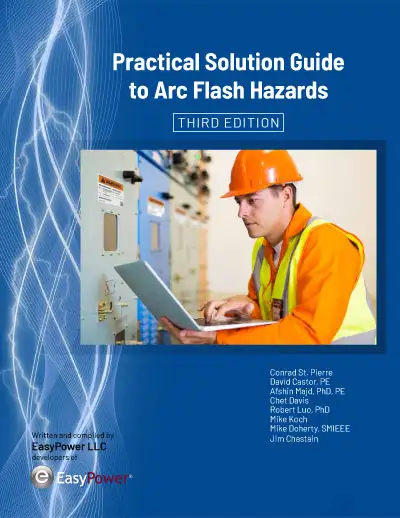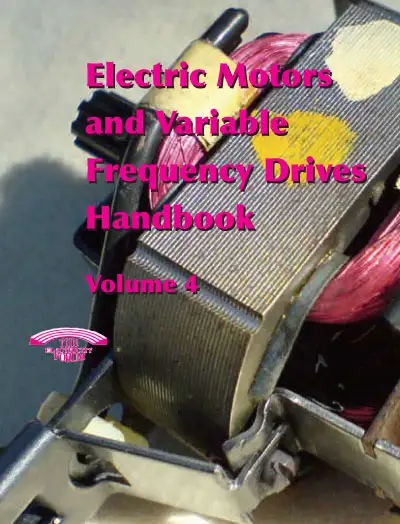Flash Gear: Essential Protection

Flash gear is critical for protecting electrical workers who operate in environments where they might be exposed to dangerous electrical hazards. This specialized equipment is designed to shield against severe burns and injuries caused by arc faults. In this article, we will discuss the most protective levels of flash gear, proper usage, expiration, and selection criteria, providing comprehensive insights into maintaining safety in hazardous settings.
Which Level of Flash Gear is the Most Protective?
The most protective level of protective clothing is typically found in Category 4, which offers an Arc Rating of up to 40 cal/cm². This level of protection includes a flash suit, which comprises an arc-rated coverall, a long-sleeve shirt, a face shield, rubber insulating gloves, and leather protectors. These components work together to provide comprehensive coverage against high thermal and electrical energy. Lower categories, such as Category 1 and Category 2, offer protection for lower energy levels and are used in environments where the risk is lower. The choice of protection level depends on the hazard analysis of the specific work environment.
How Do You Wear Flash Gear?
Wearing ppecorrectly is crucial to ensure maximum protection. Here are the steps for proper usage:
-
Inspection: Before wearing, inspect the suit for any signs of damage or wear. Ensure all components, including the face shield and gloves, are in good condition.
-
Layering: Start with an arc-rated long-sleeve shirt and pants or an arc-rated coverall. Ensure that all clothing is flame-resistant and free of synthetic materials that can melt and cause burns.
-
Putting on the Flash Suit: Wear the flash suit over the base layer, ensuring it fits well without being too tight or too loose. The suit should provide a layer of air for insulation while allowing freedom of movement.
-
Face Protection: Attach the face shield securely, making sure it covers the face and neck completely. Adjust it for a clear view and comfortable fit.
-
Gloves: Wear rubber insulating gloves, followed by leather protectors. The gloves should fit snugly to allow for dexterity while providing insulation.
-
Final Check: Perform a final inspection to ensure there are no gaps or exposed areas. Adjust any components that do not fit properly.
Does Flash Gear Expire?
Yes, ppe has a limited lifespan and can expire. The durability of ppe depends on usage, exposure to electrical faults, and maintenance practices. Manufacturers provide guidelines on the expected service life, typically ranging from a few years to a decade. Regular inspections are essential to identify signs of wear and tear, such as thinning fabric, tears, or chemical contamination. Proper maintenance, including cleaning according to manufacturer instructions and storing the gear correctly, can extend its lifespan. If any part of the gear is compromised, it should be replaced immediately to ensure continued protection.
How Do I Choose Flash Gear?
Choosing the appropriate ppe involves several key considerations to ensure optimal protection:
-
Hazard Analysis: Conduct a thorough hazard analysis to determine the potential incident energy levels in the work environment. This analysis helps in selecting the appropriate Arc Rating for the gear.
-
Compliance: Ensure the gear complies with relevant safety standards, such as NFPA 70E, ASTM, or IEC. Standards compliance guarantees that the gear has been tested and certified for safety.
-
Comfort and Fit: Select gear that provides a balance between protection and comfort. It should allow for ease of movement and be comfortable for prolonged wear.
-
Type of Work: Consider the specific tasks and environments where the gear will be used. For instance, working with high voltage equipment may require higher-rated protection compared to routine maintenance tasks.
-
Additional Features: Look for features such as moisture-wicking fabrics, ventilation options, and compatibility with other protective equipment. These features can enhance comfort and functionality without compromising safety.
Flash gear is an essential component in protecting electrical workers from severe injuries associated with arc faults. By understanding the different levels of protection, proper usage, expiration factors, and selection criteria, workers can ensure they are adequately protected in hazardous environments. Whether dealing with high voltage equipment or performing routine maintenance, having the right ppe is crucial for safety and compliance. Regular inspections, proper maintenance, and adherence to safety standards will ensure the effectiveness and reliability of the gear, safeguarding lives and promoting a safer working environment.
EF PARTNER MEDIA
Videos
Product Showcases
Shared Media





















